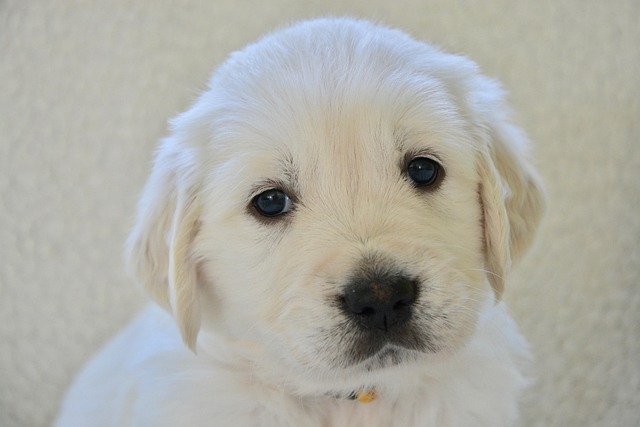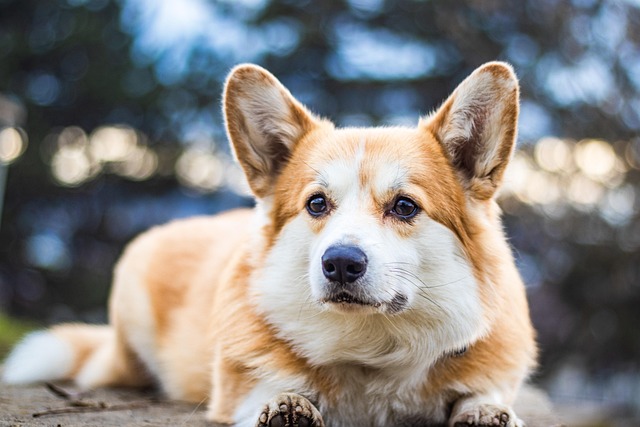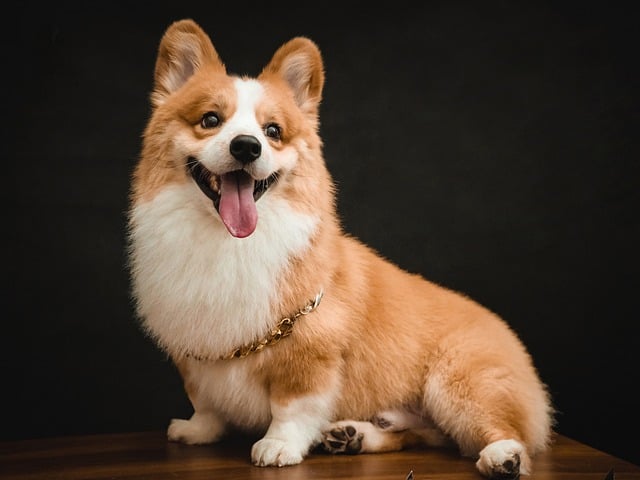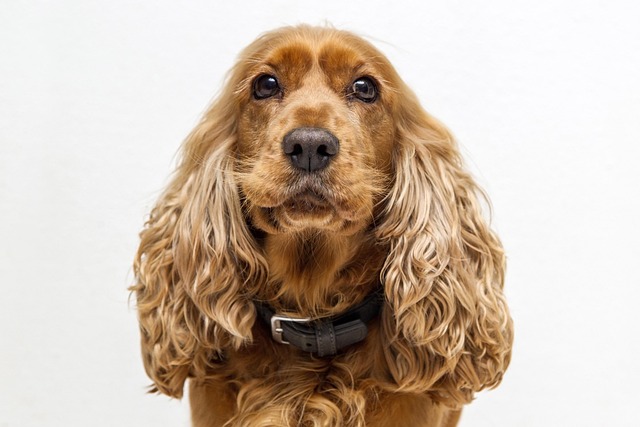That sudden growl when you reach for their toy. The way their body stiffens when someone approaches too quickly. If your dog's aggressive behavior has left you walking on eggshells in your own home, you're not alone. Many owners mistake aggression for dominance or stubbornness, when in reality, it's often a cry for help from a stressed or confused companion. What looks like anger is usually fear, frustration, or even pain manifesting in the only way dogs know how.
Before you can stop dog aggression towards owner situations, you need to become a detective of canine emotions. Notice when the whites of their eyes show during specific interactions. Keep a log of what preceded each aggressive episode - was it a loud noise? An approaching stranger? Your movement toward their food bowl? These clues reveal more about dog aggressive behavior causes than any generic training advice ever could. One client discovered her "vicious" Labrador only reacted when men wearing hats entered the room - a trauma traceable to a bad experience with a meter reader years prior.
Building trust with an aggressive dog starts with respecting their communication. When Fluffy curls her lip, she's not being dramatic; she's screaming "I'm uncomfortable!" in the only language she knows. Try this: next time you see early warning signs like yawning, lip-licking, or turning away, immediately stop whatever you're doing. Reward calm behavior with high-value treats, but never punish the growl - that's like disconnecting a fire alarm because the sound annoys you. You might be silencing the warning system, not solving the underlying issue.
Environmental tweaks can work wonders for how to calm an aggressive dog at home. Create a "safe zone" with their bed and favorite toys where they can retreat undisturbed. Use baby gates to manage access to trigger areas rather than constant corrections. I've seen dogs transform when owners implemented simple changes like feeding in separate rooms or providing puzzle toys to redirect nervous energy. One particularly effective tool? The humble towel. Draping a light blanket over a crate or using it during handling can reduce stress by 40% according to veterinary behavior studies.
While these behavioral strategies for dog aggression help many cases, some situations demand professional intervention. If your dog has bitten with puncture wounds, shows aggression that's escalating in frequency or intensity, or seems unpredictable in their reactions, it's time to call in certified help. Look for trainers with IAABC or CCPDT credentials who use force-free methods. Remember, seeking help isn't failure - it's the ultimate act of love for your troubled companion. As one reformed "aggressive" dog owner told me through tears after their breakthrough session, "I finally understand what he's been trying to tell me all along."





